Realme X3 SuperZoom review: a great smartphone except where it matters
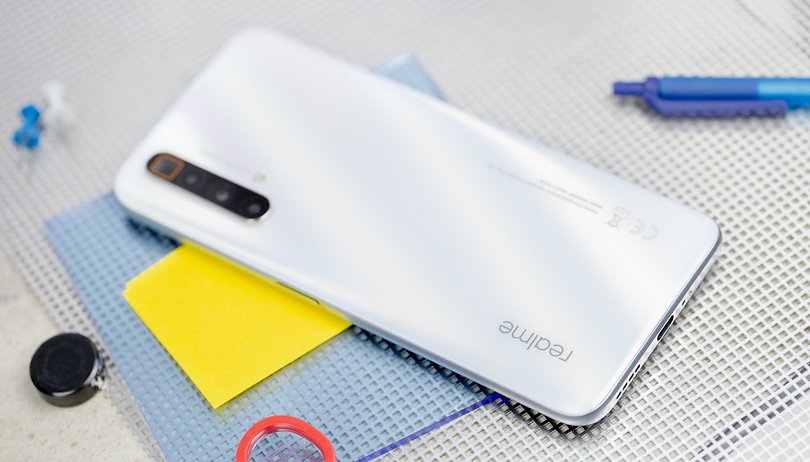

Realme is starting to establish itself throughout Europe, having launched numerous models in recent times. The Realme X3 SuperZoom is a high-end camera smartphone that boasts of a 64-megapixel sensor, a periscopic telephoto lens, and a 60x zoom lens - all for less than €500. After all, we did promise a full review of this handset in our previous Realme X3 SuperZoom camera review.
Good
- A good 120Hz LCD screen
- Bold and interesting form factor
- Clean and intuitive user interface
- Snapdragon 855+ chipset still performs well
Bad
- Extremely disappointing Super Zoom performance
- A safe design
- Inconsistent photo performance

Realme X3 SuperZoom release date and price
The Realme X3 SuperZoom will arrrive in a couple of colors: Arctic White and Ice Blue. It will be on sale from June 22 in Europe at €499.90 for the 12GB/256GB storage model. It is already available for pre-order in some regions, if you are interested.
Read also: Why your next smartphone should be a Realme
The Realme X3 SuperZoom was positioned as a device that sits in the high-end camera smartphone market without having it break the €500 mark. Seriously speaking, what other alternatives are there that we can find in the market for a camera smartphone that costs below €500? The candidates are far and few in between for starters.
We have the Google's Pixel 3a, which remains an excellent camera smartphone even in 2020, but the rest of its hardware specifications have begun to show their age. As for the Huawei P30 that was released in spring 2019, it is currently selling for less than €500, too.
At that price point, the Realme X3 SuperZoom does seem to be in a league all on its own, where it stands as the sole occupant in the camera smartphone market that has superior hardware specifications compared to its chief rivals mentioned above. All in all, it is a good start for Realme.
A top-of-the-range design with a beautiful colour
Realme's design language has evolved very little over the numerous iterations of handsets that the Chinese manufacturer has flooded the market with this year. In fact, the matte glass back accompanied by a pearly white colour is rather appealing in my sight.
Realme smartphones can be considered to be rather "massive", or thick at the very least. In this review, I went from a Samsung Galaxy S20 Plus which I found to be very thin in comparison, to the Realme X3 SuperZoom which seemed a whole lot bulkier. Thankfully, this handset continues to maintain a very nice grip, especially the power button that also doubles up as a fingerprint reader, is retained strategically on the right side.
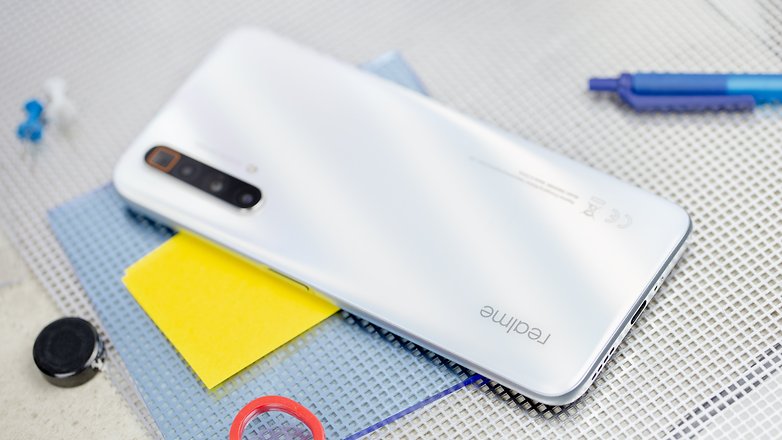
On the other hand, this button did not have the build quality that I expected, where it always gave the impression that it was about to fall out from its place at any time. I would attribute this major flaw to a manufacturing defect in my review unit, or perhaps to a previous reviewer who might have had far more strength in operating the device prior.
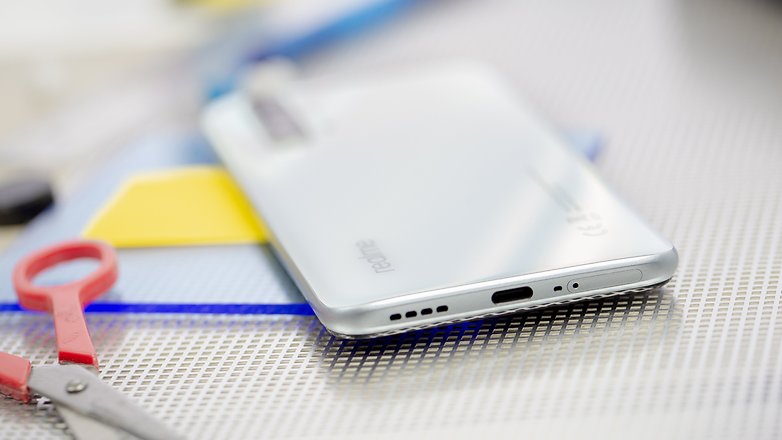
The smartphone has curves in the right places, with the size-to-screen ratio standing at a respectable 90.6% according to Realme. I certainly did not run into any issues using it with a single hand, and I would say that this is possible because of the well-placed power and volume buttons. The camera island at the back happens to be raised a little bit too high for my taste.
Overall, I found the design of the Realme X3 SuperZoom clean and yet rather 'safe', thereby making it rather difficult to distinguish it from the other models from the manufacturer.
A beautiful 120Hz IPS LCD display
The display of the Realme X3 SuperZoom comes in the form of a flat IPS LCD panel in Full HD+ definition with a 20:9 format and a resolution of 1080 x 2400 or 399 ppi (pixels per inch). As explained above, the 90.6% screen-to-body ratio is good but the smartphone retains a fairly noticeable bottom and top bezel.
I'm really not a fan of the pill-shaped hole punch for the selfie camera, but at least it's aligned at the top left of the screen, which helps to limit the visual discomfort or distraction when playing games or watching videos. I do not have a probe in order to measure the colorimetry precisely, but the contrast is necessarily less striking than on an OLED display.
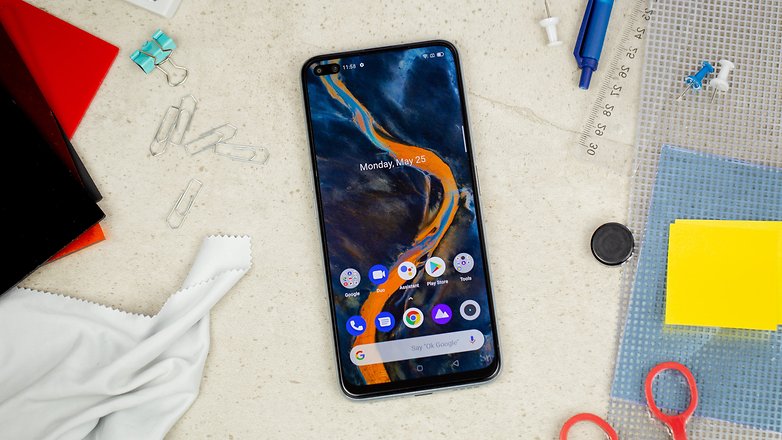
The screen remains quite visible under direct sunlight despite a higher degree of reflectivity than an OLED display, as is to be expected. While the maximum luminosity of 480 nits as claimed by Realme remains rather low, especially since our colleagues at GSMArena measured 437 nits, it is still capable of delivering rather good readability on the whole. Colors remain rather vivid and seem to cover most of the DCI-P3 spectrum (which are colors that are visible to the naked human eye).
Most interesting of all would be the 120Hz refresh rate, which can be said to be still quite rare on a smartphone that falls within this price range. The interface navigation remains very fluid and I noticed no difference between this display and that of my Samsung Galaxy S20 Plus, when both are set to 120Hz refresh rate (in terms of fluidity).
The display alternates between 60 and 120Hz depending on your needs, so if you do not want to drain the battery faster than usual, you can always have it set to 60Hz under the developer options. Realme indicates that the smartphone can also switch to 90Hz automatically, but this option does not remain visible under the display settings.
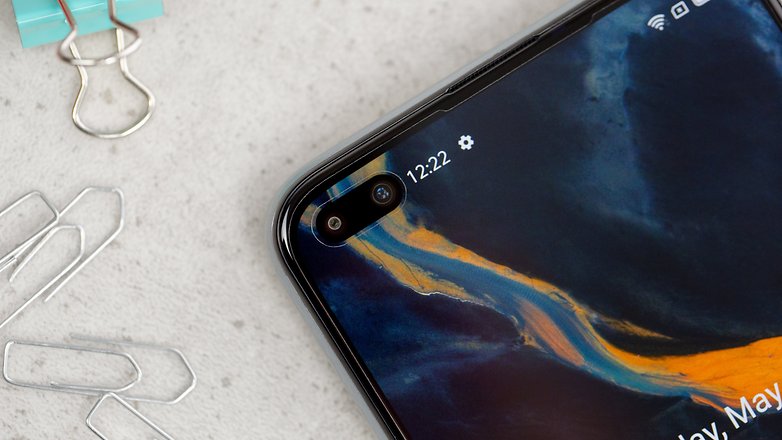
As an avid smartphone gamer, I found the display of the Realme X3 SuperZoom to be extremely crisp and above all, very fluid although it does lack brightness somewhat.
Apart from what an OLED display can offer, the screen of the Realme X3 SuperZoom remains extremely competent and I don't think you can do much better on LCD while running on Android. Hence, I would say that Realme pulled this one off successfully here.
Realme UI, you'll either love it or hate it
The Realme UI interface that is based on Android 10 is not the most attractive in the market, at least this is what I think about it. With its round application icons, the home screen would almost resemble - dare I say it - Google's Pixel Launcher. Speaking of Google, there are a lot of pre-installed applications from Mountain View itself.
- Read also: How to uninstall pre-installed Android apps
Fortunately, I couldn't find any ads in the interface, even though the manufacturer announced last December that ads would be embedded in its overlay, as is the case on Xiaomi's MIUI, albeit with the possibility of disabling them.
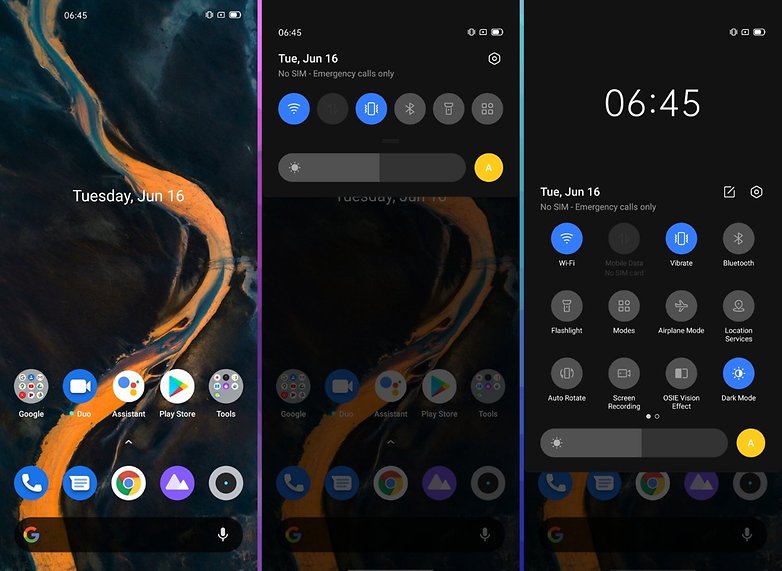
It's quite clean but I don't really like the pill-shaped brightness slider that I find rather unpolished. On the other hand, the settings menu has the merit of being one of the purest among all Android overlays. Having a description of the content for each option may be useful, but I have the choice to go right to the essential settings, contrary to Samsung's OneUI, through air gestures.

The Realme UI is great in a sense where it simply works. You have a native screen recorder, dark mode, app cloning, a gaming mode to optimize performance with Game Space, a focus mode that pauses selected notifications for a given time, contactless payment, etc.
In short, the Realme UI will not be able to please everyone, but it is a pure and clean interface that gets straight to the point in line with the manufacturer's philosophy.
The Snapdragon 855+ still holds up well
The absence of a high-end 2020 chipset like the Snapdragon 865 processor will surely be a deal-breaker for some. But let's get back down to earth for a moment. There's absolutely no need for 5G modems built into Qualcomm's latest chipset in a lot of places at the moment.
There is also no need to stream 8K video on of all places, an IPS LCD display. So while the Snapdragon 855+ may no longer be the latest processor on the market, it still remains as a high-end chipset from late 2019, so we can't really factor in the issue of obsolescence in all honesty.
It's the same chipset that powers my faithful OnePlus 7T that I had been using for several months before switching to the Samsung Galaxy S20 Plus (for a long term review). When it comes to gaming, I found the experience to live up to expectations. However, this handset will no doubt still fall below the performance benchmarks of the Realme X50 Pro that is equipped with the Snapdragon 865 chipset and will cost €100 more than the X3 SuperZoom.
When playing Call of Duty: Mobile while dialing the graphics options all the way to the "High" level, it did not pose any issues in terms of fluidity, and neither did I experience any slowdown or frame-rate loss. The issue of overheating remains well managed by the Realme X3 SuperZoom, which comes with a liquid cooling system according to the manufacturer's claims.
Realme X3 SuperZoom: benchmark comparison
| Benchmark | Realme X3 SuperZoom (SD 855+) | Realme X50 Pro (SD 865) | OnePlus 7T (SD 855+) |
|---|---|---|---|
| 3D Mark Sling Shot Extreme ES 3.1 | 5409 | 7133 |
6020 |
| 3D Mark Sling Shot Vulkan | 4850 | 6613 |
5245 |
| 3D Mark Sling Shot ES 3.0 | 6552 | 8864 |
6649 |
| Geekbench 5 (Single / Multi) | 789/2566 | 887/3313 |
786/2825 |
| PassMark Memory |
26798 | 27118 |
32960 |
| PassMark Disk |
86456 | 50083 |
50068 |
Even the very graphically intensive game Sky: Children of the Sky, it ran perfectly well on the Realme X3 SuperZoom, thanks to the 12GB o RAM count that keeps the Snapdragon 855+ and its Adreno 640 GPU company. Combined with the 120Hz screen, the in-game experience was utterly convincing.
However, I should note that other smartphones with more powerful processors do offer better performance at the same or slightly more expensive price point.
SuperZoom is super disappointing
When it comes to photography, the Realme X3 SuperZoom has a quadruple photo module located at the back with the highlight being... drum rolls... the zoom capability. The specifications sheet does everything right on paper, but when it comes to real-life performance, software processing does the bulk of the work.
My colleague Stefan, who is far more a shutterbug than I am, devoted a complete camera review of the Realme X3 SuperZoom that I will partly summarize here while adding my own thoughts at the end of my own reviews.
- Samsung GW1 Wide-Angle Main Sensor 64MP, f/1.8, 26mm
- Telephoto periscopic lens 8 MP, f/3.4, 124mm, 5x optical zoom
- Ultra Wide Angle Sensor 8MP, f/2.3, FOV 119˚, 16mm
- Macro lens 2MP, f/2.4
The main sensor
The main lens of the Realme X3 SuperZoom is the Samsung GW1 mid-range sensor, which is deemed to be a "large" sensor of 1/1.72 inches and carries up to 64 megapixels of information. It happens to be the star sensor of this camera module instead of the telephoto lens, contrary to what the name "SuperZoom" might suggest.
During the day, the main sensor allows you to capture beautiful photos provided you find yourself in good lighting conditions. The color enhancement is very noticeable but I'm not really a purist and I don't mind having artificially altered shots as long as the color saturation remains reasonable, which works perfectly fine for me.
However, when it comes to details, the results are somewhat random. While most of the 16-megapixel wide-angle and daytime shots are more than correct in appearance, there is some loss of detail that is concentrated at the edges of the image.
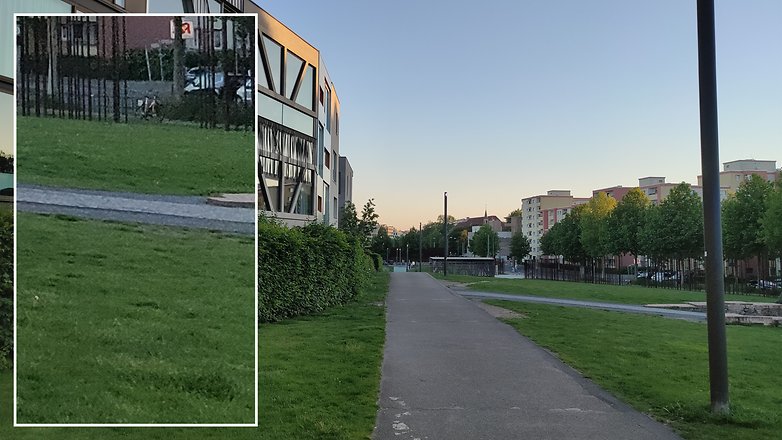
By switching to 64-megapixel capture mode (it will combine 4 pixels into one), the Realme X3 SuperZoom reproduces more detail, which provides it with additional sharpness as shown below in the shot below. However, this takes a longer time for the sensor to trigger, and needless to say, you will find your storage space filling up faster than normal.
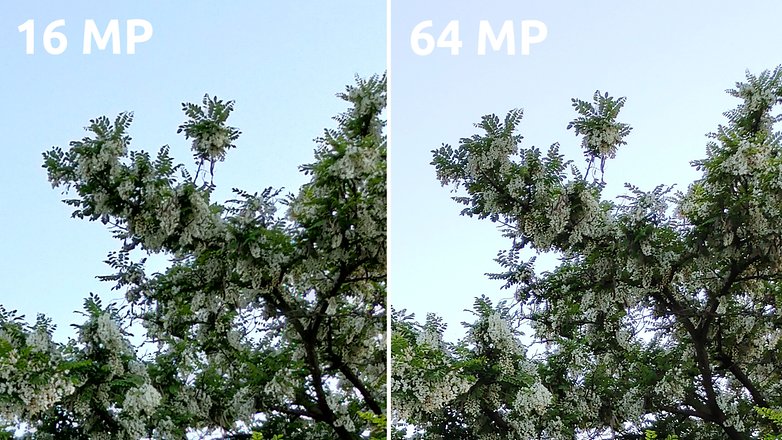
At night, the Realme X3 SuperZoom delivers a mixed bag of performances. Despite the size of its main sensor, its software processing is unable to correct the defects that are inherent in low light conditions. Digital noise is far too present and even the night mode fails to correct the shot fully.
Starry Night mode (astrophotography) takes a series of photos with long exposure time, combining them into a single shot after that. This mode did run into a bit of issues when compensating for the Earth's rotation, as illustrated by some stars that ended up as shooting stars when they shouldn't be.
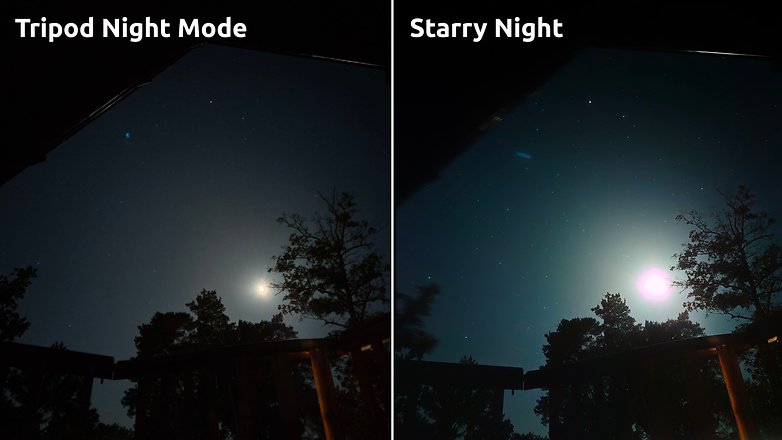
This main sensor is, therefore, more often than not, functions correctly: where it is sometimes very good, although there are inconsistencies in its results.
The ultra-wide-angle sensor
As the case with smartphones is always, the ultra-wide-angle sensor captures significantly less light than the main sensor. The field of view is respectable but in the picture below, we can immediately notice a strong moiré effect (the black stripes that mark a changing contrast with the distortion of a subject).
Overall, colorimetry and white balance remain consistent with the shots taken by the main sensor, which is a good thing.

But we suffer from far too much detail loss when going from wide-angle to ultra-wide-angle. As you can see below, the grass has far less spike in the ultra-wide-angle shot while the dynamic range ends up as far narrower (notice the more shaded columns of the monument).

5x telephoto and 60x zoom lenses
As on all smartphones offering an excessively high zoom magnification (say hello to the Samsung Galaxy S20 Ultra), this feature is nothing but a gimmick with results that are not exploring. But I'll come back to that later.
For one very simple reason: it is not the periscopic telephoto lens that comes into play when 60x zoom is called into question. This particular one happens to be dedicated to 5x optical zoom. And as long as you stay within these magnification limits, the Realme X3 SuperZoom would deliver very effective results up to x5, where the loss of detail is minimized and both colorimetry and dynamic range remain more or less uniform. In other words, it performs admirably well in this aspect.

However, as soon as 10x magnification is reached, it will then switch to hybrid digital zoom. This is where the image quality begins to deteriorate drastically. The white balance pulls towards the yellow tones, and one can see distortion and blur at the level of where the cross ends above.
Obviously, these defects are only accentuated as magnification is further pushed to its limits. Because digital zoom simply involves cropping a photo taken with the telephoto lens at the highest optical magnification, followed by digitally cropping and enlarging it (hence the name hybrid optical/digital zoom).

Thus, we end up with a bunch of pixels that I don't really see the point of. Sometimes, more is less. Overall, the Realme X3 SuperZoom's camera module is worthy of a €500 price point for a camera smartphone with its fair share of merits in terms of versatility.
However, the name "SuperZoom" does seem to be misleading as the results happen to be inconsistent while the performance is nothing transcendental compared to what the competition offers. Such potential and promise are therefore extremely disappointing at this point.
Realme X3 SuperZoom battery
In terms of battery life, the Realme X3 SuperZoom has a 4,200 mAh battery, which is not insanely long-lasting but remains respectable for a smartphone that falls within this price range. The battery accepts the Fast Charge 4.0 in 30 Watts with the included USB-C cable and adapter.
The charger I used during my review allowed me to gain a full charge in just under an hour, which was impressive. This effectively fulfilled the manufacturer's promise of a full charge in a matter of 55 minutes.
4,200 mAh is the same battery capacity as the more expensive Realme X50 Pro, but it's 100 mAh less than the cheaper Realme 6 Pro. According to our battery life tests via the PC Mark benchmark, the Realme X3 SuperZoom lasted for up to 16 hours with the display running at 60Hz, and just under 14 hours with the display at 120Hz. This slight difference coupled with the Fast Charge ability, makes it a suitable candidate for using 120Hz refresh rate at all times.
This is a more than respectable performance that can be seen in everyday use. The Realme X3 Pro makes it easy to go beyond the typical day's use on a single charge. So that's a good point for Realme.
Realme X3 SuperZoom technical specifications
Final verdict
At under €500, the Realme X3 Pro is not the best camera smartphone on the market. The promise that its name hinted at is simply marketing fluff, and I do prefer the Pixel 4a from Google, at least when it comes to the camera department. Let us not get drawn into the crazy zoom wars and marketing buzzwords that are used to inflate a specifications sheet that is highly dependent on software processing in the first place.
In fact, I'd rather have a simple main sensor and a good telephoto lens than periscopes, 60x, 100x zoom, and other technical fancy stuff. As for the rest of the device, the build quality does feel really solid and the LCD display is very pleasant to use courtesy of the fluid movement enabled by the 120Hz refresh rate.
Here are the two really strong points of this smartphone: the clean design and the Snapdragon 855+ processor that continues to work well even though it was last year's flagship chipset from Qualcomm. In fact, Realme has more or less successfully lived up to its marketing claims and is well on its way to delivering consistently well-performing devices.
At such a price point, however, pitting it against a Pocophone F2 Pro or a Realme X50 Pro that cost €100 more and is equipped with a Snapdragon 865 chipset and an OLED display, I do not think the Realme X3 SuperZoom would be the most discerning choice at the moment. Even the OnePlus 7T, although it has an inferior camera setup on paper, offers more or less the same or even better specs at a similar price point.
The Realme X3 SuperZoom is great in some ways, but not in the ways that you would expect. If you're looking for a camera smartphone that does not cost more than €500, I would not recommend picking this one up.


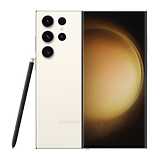






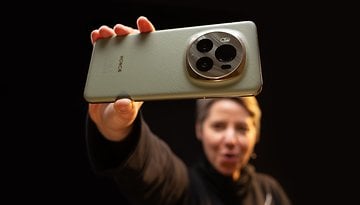
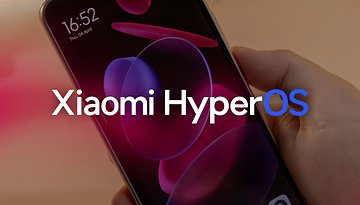
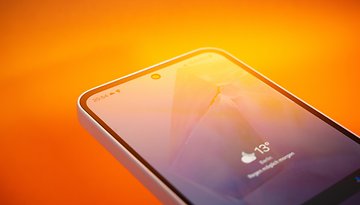
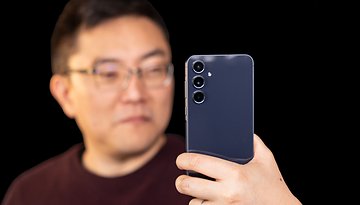
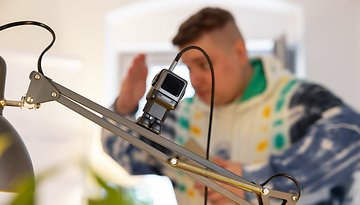


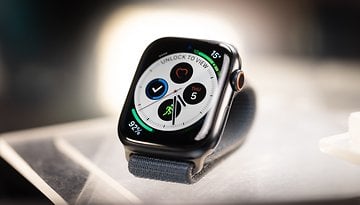


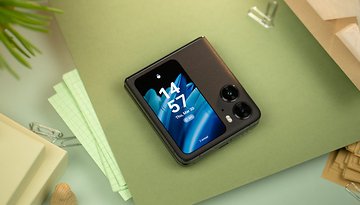
Recommended editorial content
With your consent, external content is loaded here.
By clicking on the button above, you agree that external content may be displayed to you. Personal data may be transmitted to third-party providers in the process. You can find more information about this in our Privacy Policy.